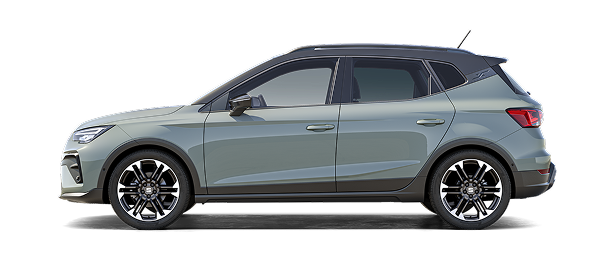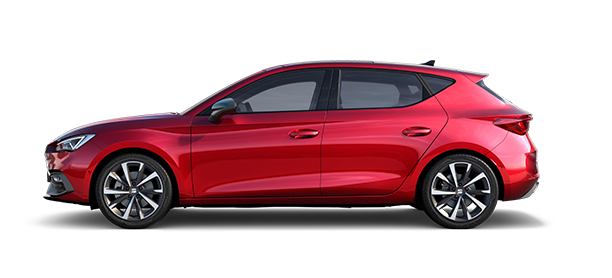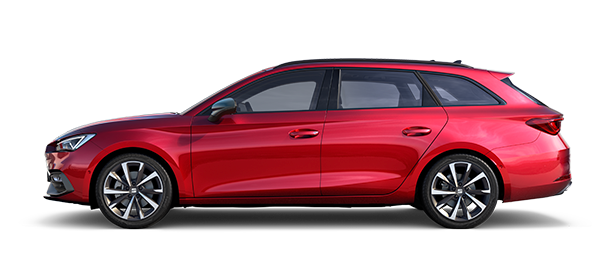Industry 4.0 at SEAT
Daily routine of autonomous robots.

A blue light goes on at 5 o’clock in the morning in the engines warehouse. It belongs to one of the 125 robots that begins its route in one of the workshops at the SEAT factory in Martorell, where it makes up to 2,800 rounds every day. This is how these mobile robots work:
- 125 robots and 7,000 factory workers: They scan a barcode to make sure they transport the right part, and a sensor then opens the warehouse door so they can follow their circuit. This is how some of the 125 AGVs begin their day, routinely crossing paths with each other and with the 7,000 factory workers in what appears to be a fully synchronised dance performance. The automatic robots transport engines, gearboxes, shock absorbers or door windows, and their individual payload is up to 1,500 kg in weight.
125 automated guided vehicles work with 7,000 employees at the Martorell factory.
- A trip to the Moon with traffic lights and pedestrians: Every year, the AGVs travel over 436,000 km, which is more than the distance between Earth and the Moon. When following their pre-set paths they know when to stop at a red light or when a worker crosses their path thanks to their 360° perimeter vision. They coordinate with ‘pedestrians’ and guarantee their safety by alerting of their presence with laser scanning lights.
- Remote control: Five employees configure, and if necessary, remotely modify the path settings of all the AGVs from a control room. A centralised server gathers information from the software installed in each robot, and their exact position is displayed with a numerical symbol on the screens in the room. A green light indicates their full power performance; if it turns amber it means they have stopped due to an obstacle or because they are recharging their batteries. The system also detects possible technical problems and is able to solve them immediately.
- Navigating within the ‘Robot Galaxy’: The AGVs at the Martorell factory follow 40 guide paths set out with magnetic tracks embedded in the floor. Each route lasts between 1 and 7 minutes. During this time, the robots follow the steering circuits and automatically reduce their speed in curves so they do not lose stability when carrying heavy loads and are able to maintain a safety distance. In the future, these guide paths will give way to GPS navigation systems.
- Intelligence sharing in Industry 4.0: The 4th industrial revolution enables workers to control processes to optimise decision-making and let these collaborative robots perform the most physical and repetitive tasks. As an industry benchmark in digitisation and automation, SEAT also foresees other measures such as integrating software and hardware in production and logistics.













